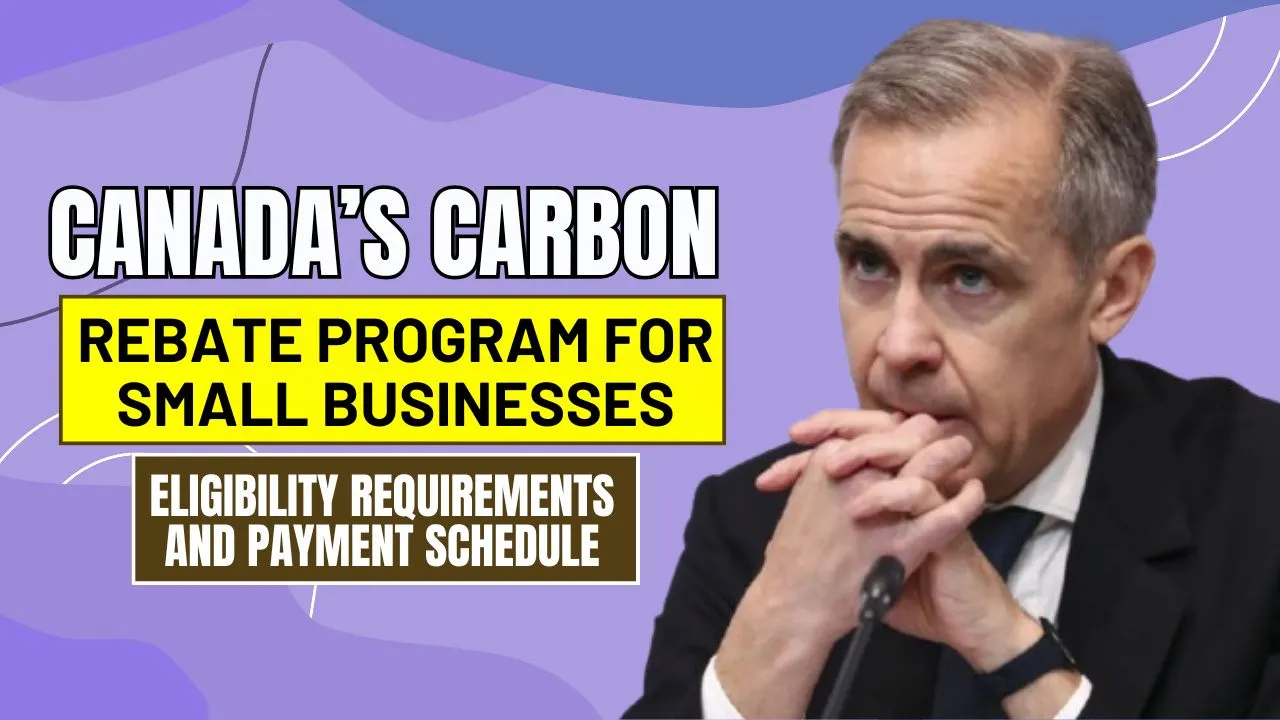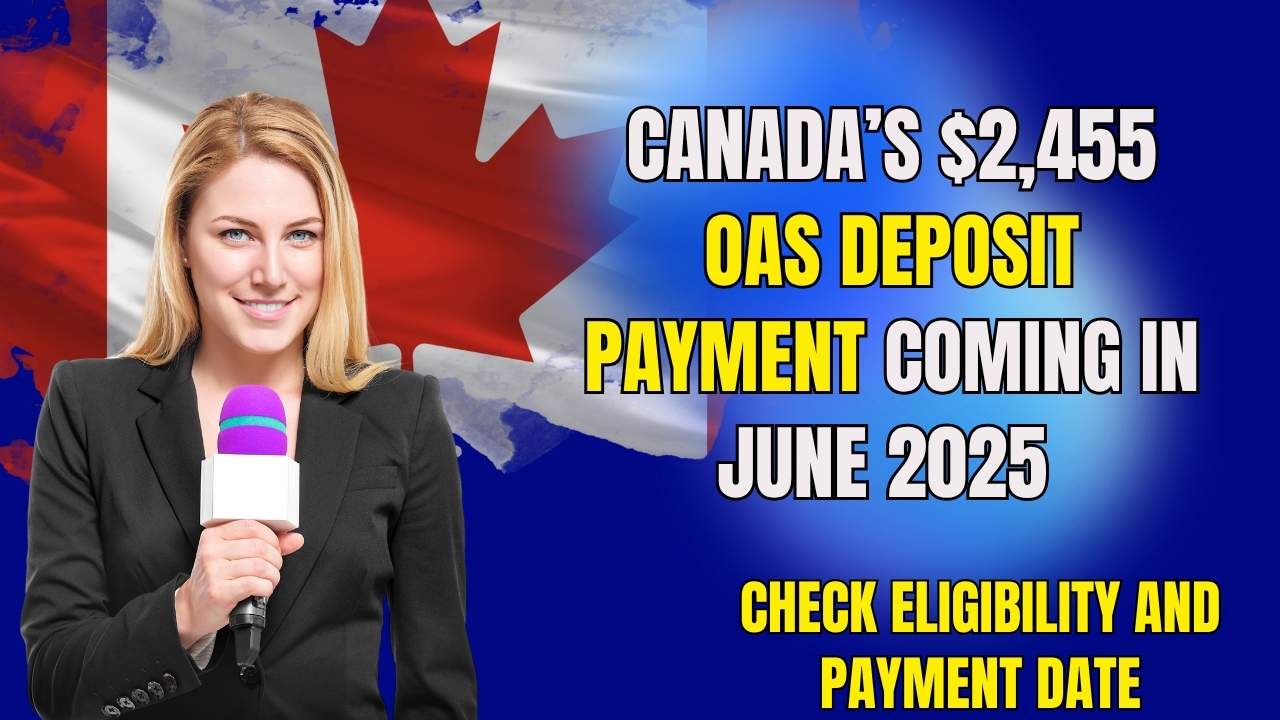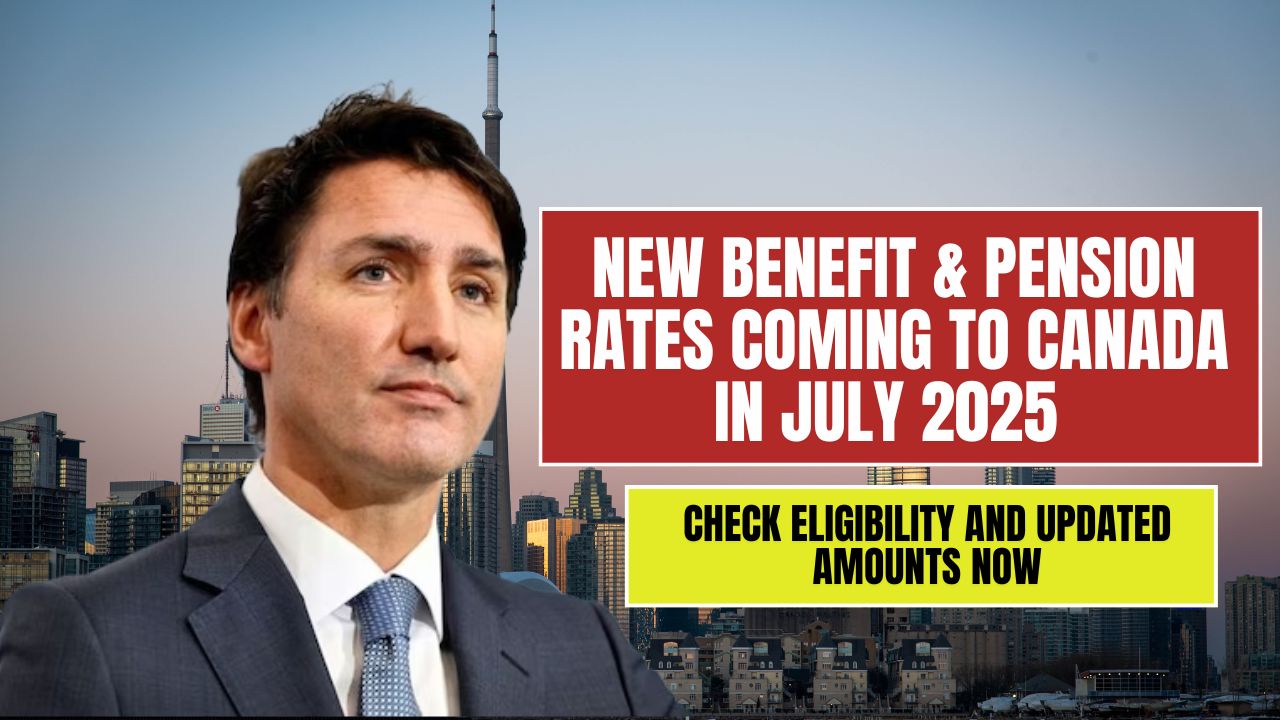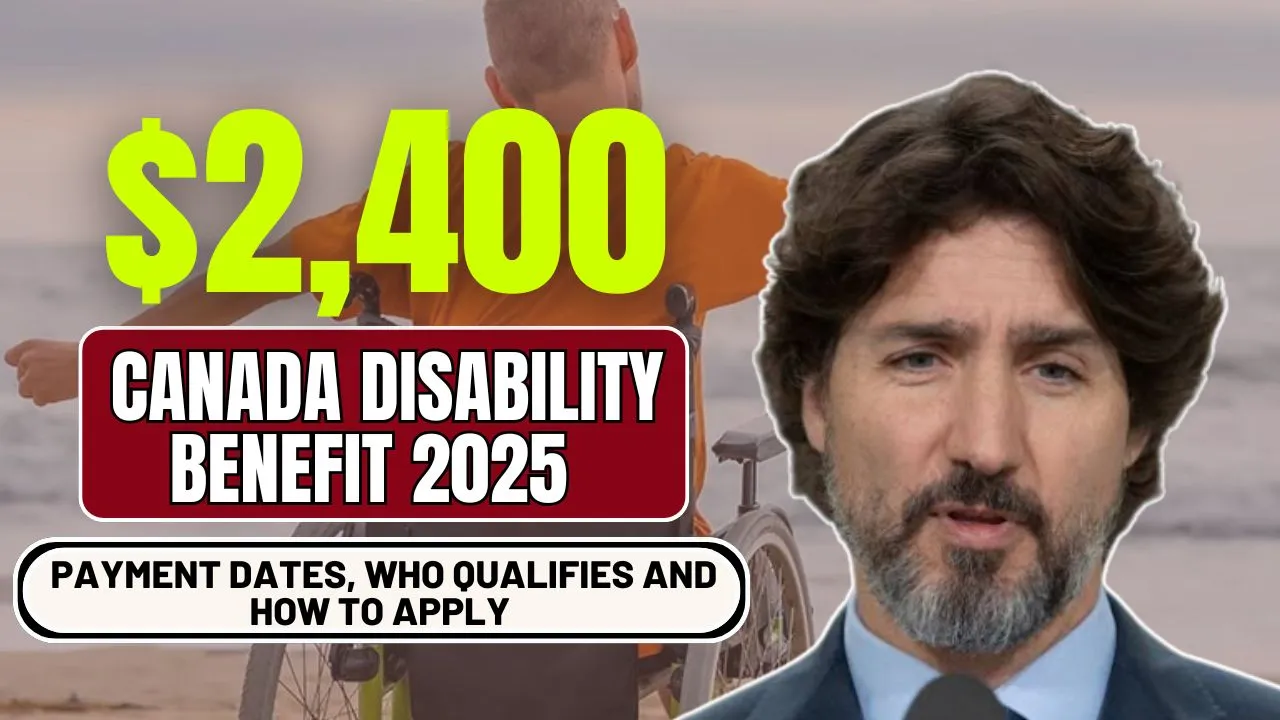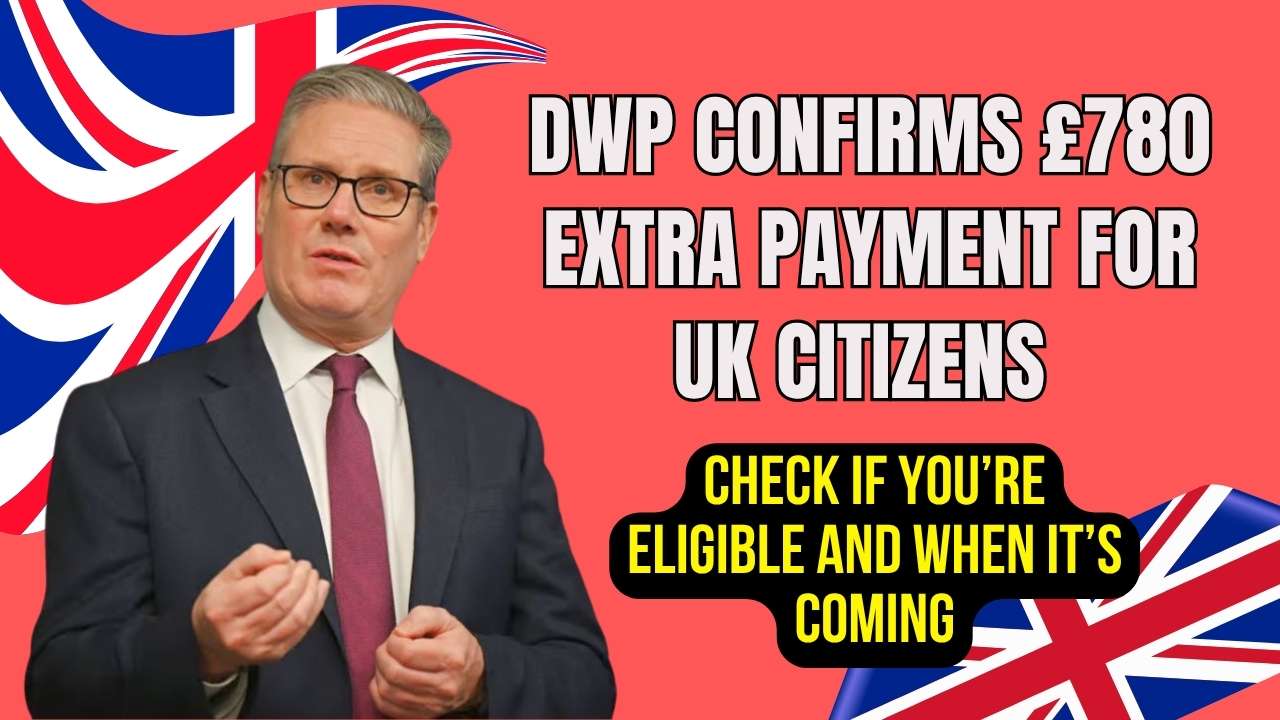Canada Carbon Rebate: Canada’s move to balance environmental policy with small business support is clear with the launch of the Canada Carbon Rebate program. As carbon pricing continues to raise operational costs—especially on fuel and utilities—the federal government has designed a rebate system that returns a portion of this revenue back to small, locally controlled businesses. This program aims to soften the financial impact of carbon pricing while encouraging greener business practices.
The Canada Carbon Rebate targets Canadian-controlled private corporations (CCPCs) with between 1 and 499 employees. It’s built into the tax infrastructure, so qualifying businesses receive payments automatically after filing a timely corporate tax return. Here’s what every small business owner needs to know: who qualifies, how much you can claim, when the funds arrive, and how to leverage this rebate for further environmental and financial benefits.
Canada Carbon Rebate
With the Canada Carbon Rebate, the federal government uses tax returns to calculate and return funds to qualifying businesses. There’s no application process—eligibility is automatic if you meet the criteria. The goal is to help manage the impact of rising energy costs while supporting small businesses in their transition toward cleaner operations. Payments flow directly through CRA’s regular channels: either direct deposit or mailed cheque, depending on your setup.
Overview of Canada Carbon Rebate
| Program Feature | Details |
| Program Name | Canada Carbon Rebate for Small Businesses |
| Who Qualifies | CCPCs with 1–499 employees |
| Rebate Amount | Varies by province (e.g., AB: $147/employee; SK: $271; MB: $99; ON: $68) |
| Payment Schedule | June 2025 for returns filed by July 15, 2025 |
| Tax Status | Currently taxable; future may change |
| Delivery Method | CRA direct deposit or mailed cheque |
| Purpose | Offset fuel charge, support energy efficiency measures |
Meaning
This rebate is not a reward, but financial relief carefully built into Canada’s climate strategy. Small businesses face higher fuel and energy expenses due to carbon pricing. The rebate ensures a slice of that revenue returns to those bearing the cost, supporting operations and enabling green upgrades.
Eligibility
To qualify for the carbon rebate, businesses must:
- Be a Canadian-Controlled Private Corporation (CCPC)
- Employ 1–499 employees
- File their 2023 T2 corporate income tax return with CRA by July 15, 2025
If these conditions are met, the rebate is determined by employee count and your province. No additional paperwork or applications are needed—reduced administrative burden is a key feature.
Rebate Amounts
The rebate amount depends on your province and employee count. Below are typical per-employee rebates from a previous fuel charge year:
- Alberta: $147
- Saskatchewan: $271
- Manitoba: $99
- Ontario: $68
These amounts may shift annually depending on carbon revenue and government policy. Beyond this rebate, businesses that adopt energy-efficient measures may see further operational savings—lower utilities, reduced fuel use, and access to additional green funding.
Payment Schedule
To receive the rebate in June 2025, file your 2023 tax return by July 15, 2025. CRA recognizes the filing date and releases payments accordingly. If your return arrives after the deadline but before June 30, 2026, expect your rebate in the next cycle. Missing the July 15 deadline delays your payment but doesn’t disqualify you.
How Will You Be Paid?
CRA delivers payments either via:
- Direct deposit, if your CRA business account is set up for electronic payments
- Mailed cheque, sent to your registered business address
Ensure your CRA profile includes up-to-date banking details and contact information to receive your rebate efficiently.
Tax Status
At present, the Canada Carbon Rebate counts as taxable income. You must report it when filing your taxes. Government discussions hint at making it tax-free going forward, but nothing is confirmed yet. Stay tuned for CRA updates to see if the rebate’s tax status changes.
How to Maximize the Rebate
To get the most from the rebate, combine it with green operations:
- Go Energy-Efficient: Install LED lighting, ENERGY STAR systems, or high-efficiency HVAC to reduce energy costs and qualify for future grants.
- Tap into More Incentives: Federal and provincial programs may offer matching rebates, tax credits, or loans for clean upgrades.
- Adopt Sustainable Practices: Electric fleets, digital workflows, reduced packaging, or work-from-home options cut emissions and show environmental leadership.
- Monitor Your Energy Use: Use utility audits and energy software to track consumption and pinpoint savings.
These steps help your business benefit from the rebate, slash operating costs, and boost sustainability—all advantages for bottom-line and brand.
Final Thought
The Canada Carbon Rebate is more than cash—it’s a strategic tool that bridges fiscal support with eco-friendly progress. For small businesses navigating carbon pricing, this program offers essential relief while encouraging green transition. By staying compliant—filing on time, updating CRA details, and pursuing energy efficiency—you’ll not only unlock rebate funding but also position your business as forward-thinking and environmentally responsible.
